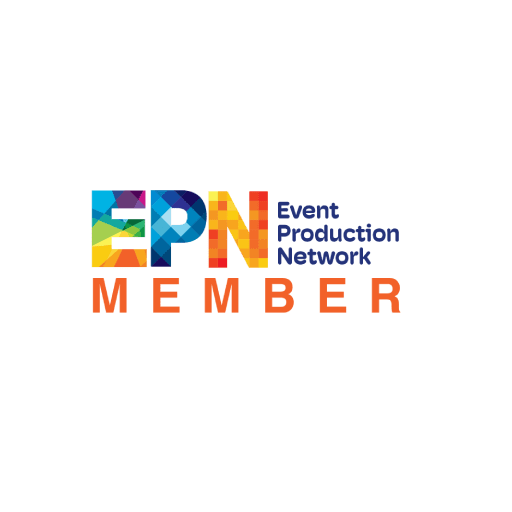Exactly How Production Companies Change Concepts Into Compelling Visuals
The procedure through which production firms change abstract concepts right into compelling visuals is both intricate and systematic, starting with the important stages of ideation and manuscript growth. Collaboration among diverse experts is crucial, permitting a convergence of ideas that take a breath life right into stories. As the task advances with pre-production, production, and post-production, each stage demands cautious attention to information and positioning of artistic aspects. This methodical method not just forms the aesthetic of a task however additionally affects its emotional resonance. What remains to be checked out is how these practices finish in the art of narration itself.
Understanding the Creative Refine
While the innovative procedure might differ significantly from one production business to one more, it normally involves an organized approach that balances imaginative vision with functional implementation. The procedure begins with ideation, where concepts are conceptualized and improved. During this stage, creative teams participate in conversations that discover styles, narratives, and aesthetic designs, guaranteeing that the core message straightens with the desired audience.
Complying with ideation, the growth stage takes center stage, where scripts, storyboards, and shot lists are meticulously crafted. This stage is necessary as it equates abstract concepts into substantial plans, promoting a smoother production procedure. The imaginative team works together very closely, guaranteeing that every element, from casting to place searching, shows the creative intent.
As soon as pre-production wraps up, the implementation phase begins, where the job is given birth to through recording and editing. This phase requires a keen focus to information, as the imaginative vision is realized with technical knowledge and artistic expression. Lastly, post-production further refines the visuals and noise, culminating in a refined final item that resonates with the audience. Hence, recognizing this structured innovative procedure is important for appreciating how manufacturing business change concepts into compelling visuals.

The Function of Collaboration
Exactly how does cooperation improve the imaginative output of manufacturing companies? At its core, cooperation is an essential catalyst that cultivates development and imagination within the manufacturing landscape.

Furthermore, collaboration motivates open interaction, which is crucial for browsing the intricacies of manufacturing. It cultivates an atmosphere where responses is valued, permitting iterative improvements and modifications that elevate the end product. Inevitably, the joint spirit within production firms offers to change first ideas right into compelling visuals that mesmerize customers, enhancing the importance of synergy in achieving creative quality.
Pre-Production Basics
Pre-production is a vital stage in the filmmaking process, usually including five vital steps that lay the groundwork for a successful production. The primary step involves script advancement, where the movie script is refined, ensuring that the story is cohesive and engaging. This is complied with by budgeting, which establishes the financial structure for the job, recognizing vital expenses connected to cast, crew, locations, and equipment.
The third step is casting, a vital procedure that includes picking the appropriate actors to portray the personalities authentically. A well-cast movie can considerably boost the tale's influence. Next off, location scouting is these details performed to locate appropriate shooting sites that straighten with the vision of the task, taking into account logistical aspects such as access and licenses.
Recording the Vision in Manufacturing
In the vibrant setting of a film set, catching the vision in manufacturing calls for meticulous control and partnership among all divisions. Each group, from cinematography to art instructions, plays a critical function in converting the screenplay into aesthetic images that resonates with target markets. The director's vision have to be efficiently communicated to make sure that every shot, angle, and lights selection aligns with the overarching story.
Cinematographers are entrusted with choosing cam devices and lenses that best share the story's tone, while manufacturing developers produce immersive environments that enhance the visual experience. Wardrobe and makeup groups add by forming personalities with their look, enhancing the story's check my reference motifs.
Sound layout and music likewise match the visuals, developing emotional context and increasing audience interaction. Daily control conferences and on-set interaction networks help with real-time changes, guaranteeing that any type of imaginative nuances are caught as they arise.
Eventually, capturing the vision in manufacturing has to do with integrating these diverse aspects to produce a cohesive and engaging visual story. The joint initiative not just brings the script to life however also lays the foundation for an effective motion picture experience.
Post-Production: Refining the End Product
Post-production plays an essential function in fine-tuning the end product, changing the raw video caught during production right into a sleek cinematic experience (production companies nashville tn). This stage includes several essential processes, including editing and enhancing, audio layout, shade improvement, and visual impacts, each adding to the overall story and psychological effect of the movie

Audio design is similarly important, involving the enhancement of dialogue, sound impacts, and climatic sounds that enrich the watching experience - production companies nashville tn. The careful layering of audio components helps this post involve the audience in the story world
Color modification additionally enhances visual appeal, adjusting tones and contrasts to produce a cohesive visual that lines up with the movie's state of mind. This action guarantees that each frame reverberates psychologically with viewers.
Verdict
In conclusion, the improvement of concepts right into compelling visuals requires a structured and collective method within manufacturing business. By prioritizing communication and sychronisation throughout the innovative process-- from ideation and pre-production to production and post-production-- these firms successfully line up different creative aspects with the story. This precise method not just improves storytelling but likewise astounds audiences, inevitably causing immersive and appealing motion picture experiences that resonate deeply with viewers.